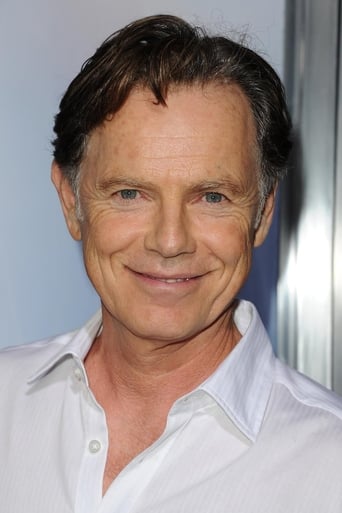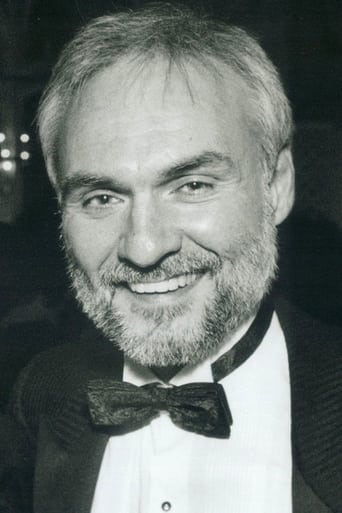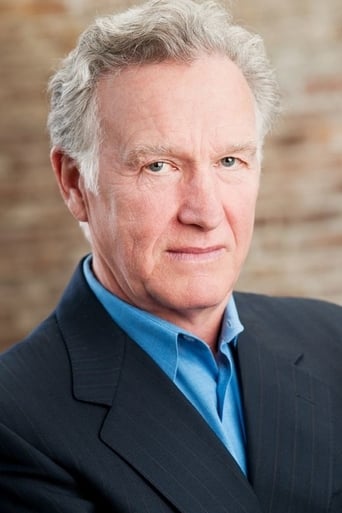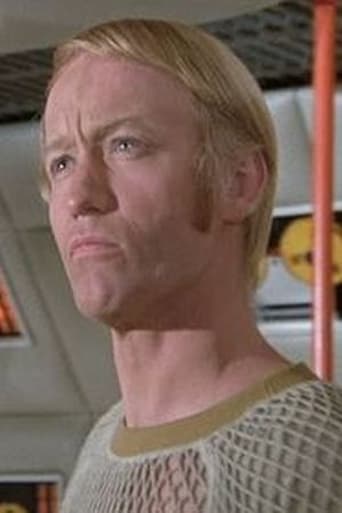SoTrumpBelieve
Must See Movie...
Stevecorp
Don't listen to the negative reviews
Reptileenbu
Did you people see the same film I saw?
Calum Hutton
It's a good bad... and worth a popcorn matinée. While it's easy to lament what could have been...
wjmcpeak
I have just seen this movie lately, thinking I had seen the total climbing movie catalog, but I was admittedly ignorant of this one's existence. The story line has already been summarized twice (to date the only other reviews) so--unlike the sometimes inordinate pages of 'reviewers' finding the need to repeat what was summarized by the first few reviews of a movie (a waste of memory if there ever was)--my comments deal with the re-creation of the climbing sequences of the first ascent of Nanga Parbat in 1953. I will repeat that the acting is very competent and Bruce Greenwood (lately seen in a fine job for Disney's Eight Below) does a credible job of portraying the loner-but magnificent climber Hermann Buhl. My review is not meant to be a know-it-all technical, nit picking criticism, but as a climber it is always more satisfying to see the technical aspects of climbing shown due justice. It might very well be that the budget could not stand a too ambitious depiction of the climbing--but then again shots were filmed in far off Pakistan as well as the Canadian Rockies with some actual climbers. Nanga Parbat was originally thought to be a relatively easy Himalyan peak--deceptively so--over and above its 25,000+ feet and the usual altitude dangers of climbing--the avalanche and storm dangers tragically plagued the German expeditions of the 1930s. Weather was not a problem in 1953, but the dangers of the mountain were there, as always. The easier slope climbing was depicted good enough in the movie, but it grows a bit incredible to see the same 'easy day for a lady' marching in the upper reaches of the climb. One would not be climbing with such essentials as ice axe slung over your back--along with crampons (the spikes that are strapped to climbing boots). Greenwood is shown doing just that and using something as unstable as ski poles for snow and ice--it would be foolhardy to say the least--to arrest a slip or fall one needs an ice axe. Hard snow and especially ice require crampons--Greenwood's remain dangling--he never uses them!-- from his chest after leaving his pack for the summit bid. The camera continues to show snow slope when it should be showing the rock pitches that were the hardest climbing for the last 1,000 feet or so. Because although Greenwood conveys something of the extreme difficulties of climbing at such high elevation without oxygen--a great feat in itself by Buhl--showing the climbing difficulty and sheer strength to accomplish it would have conveyed Buhl's amazing climb to the summit with a much more deserved dramatic intensity. If Eastwood can look pretty good climbing the Eiger (Eiger Sanction, 1975), surely Greenwood should have looked better re-creating the greatest lone climbing feat of perhaps the greatest technical mountain climber of the mid 20th century.
uecsales
I served with the Falkland Islands Dependencies Survey, The IGY under Sir Edmond Hillary and Sir Vivian Fuchs. We were all aware of the tremendous climb by Herman Buhl... "the next pitch was impossible, but we carries on, Buhl". I have only climbed to 23K, but Buhl's gripping account of the last few feet of the ascent, and the overnight in the elephant bag are gripping. It is sad that for me as a young boy this ascent was overshadowed by Hillary's ascent of Everest. I seem to recall, in the early sixties, I think, that I met the MIGHTY Aschenbrenner in Kitzbuhl sitting on a bridge that was the meeting place of most of the notable climbers of the pre-war era. I hope that my memory is not fading. Love the book, Nanga Parbat. Bob Lee Bloomfield Hills, Mi USA
rsoonsa
This is based on the true story of the 1953 Austro-German mountaineering expedition which had as its objective the conquering of one of the world's most dangerous peaks, Nanga Parbat (Naked Mountain) in Kashmir, and is told with precision as it happened, with the barest minimum of dialogue development required to indicate character conflict. Dr. Karl Herrligkoffer (James Hurdle) organizes this sortie into the Western Himalayas only with difficulty attracting well-known and experienced climbers, due to his method of organization being very autocratic, but does eventually garner the services of Peter Aschenbrenner (Ken Pogue), veteran of an ill-fated 1934 junket, and the great Alpine master Hermann Buhl (Bruce Greenwood). A large number (31) of Germans and their porters have died on Nanga Parbat before this effort is mustered and even Everest is scaled before it, by Sir Edmund Hillary and companions during the same year, and Herrligkoffer's operation is planned as a memorial to his stepbrother, Willy Merkl, one of those who perished in 1934. Buhl, a great climber with obsessive dedication to his goals, is correctly portrayed here as one who takes immense risks which enable him to succeed where others can not, and although his experience is primarily in Europe, Greenwood's voiceover of Buhl's diary written to his wife, during the films's early segments, perfectly matches what is known of his temperament. Director Donald Shebib wrote the screenplay for this Canadian production, and must be praised for being faithful to the original sequence of events, and for his supervision of superb sound technicians, which latter properly make us aware that what we hear in this work is often the cardinal adversary of the indefatigable Buhl. Greenwood and the remainder of the all male cast avoid overplaying their roles, simply letting the drama inherent in this primal struggle of man versus nature and himself take its normal course and although the events displayed in this feature occurred many years ago, a timeless quality is pervasive, again largely attributable to the skillful direction of Shebib, largely utilizing Buhl's written document, Nanga Parbat Pilgrimage.





